Aftercare tips for best healing experience
Everything you need to know about ensuring your Made-To-Fade Tattoo heals well and enjoy watching it while it fades away.
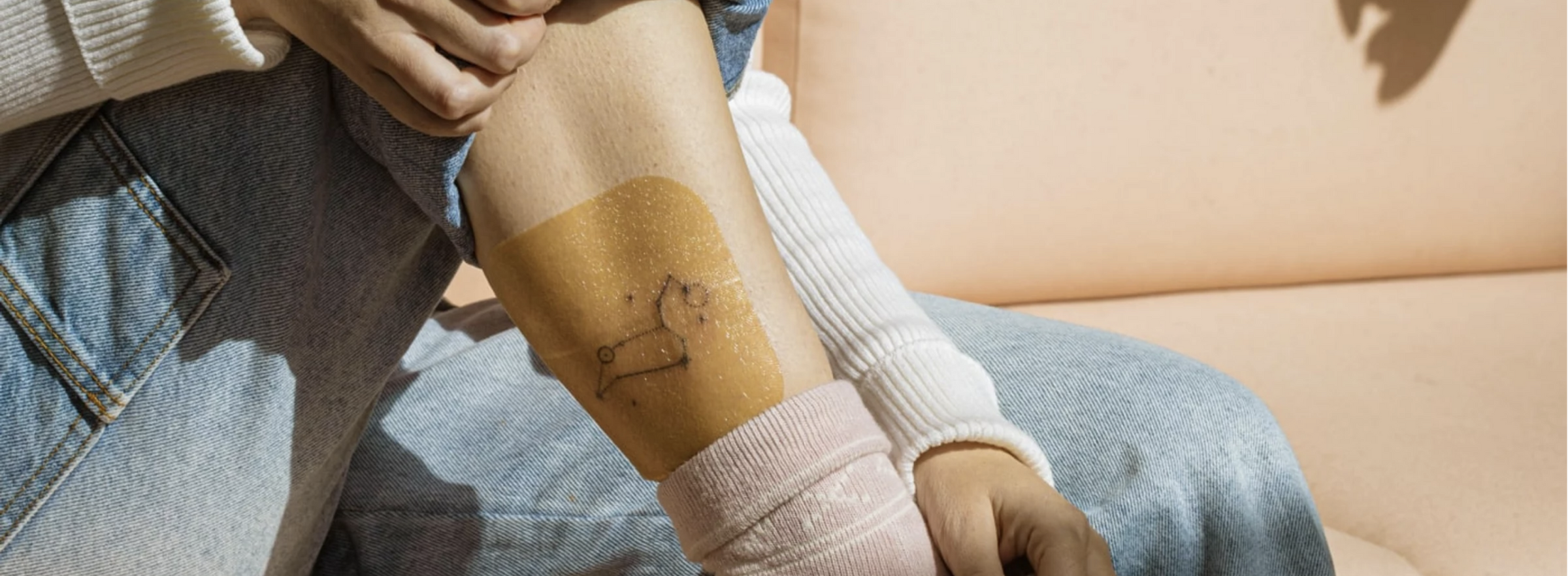

Get to know your tools!
Optimal healing depends on having the right tools paired with the right habits. Finding suitable cleansers and moisturizers will be up to you and what your artist recommends, but here is our general guide to choosing the right products to protect and repair your skin.
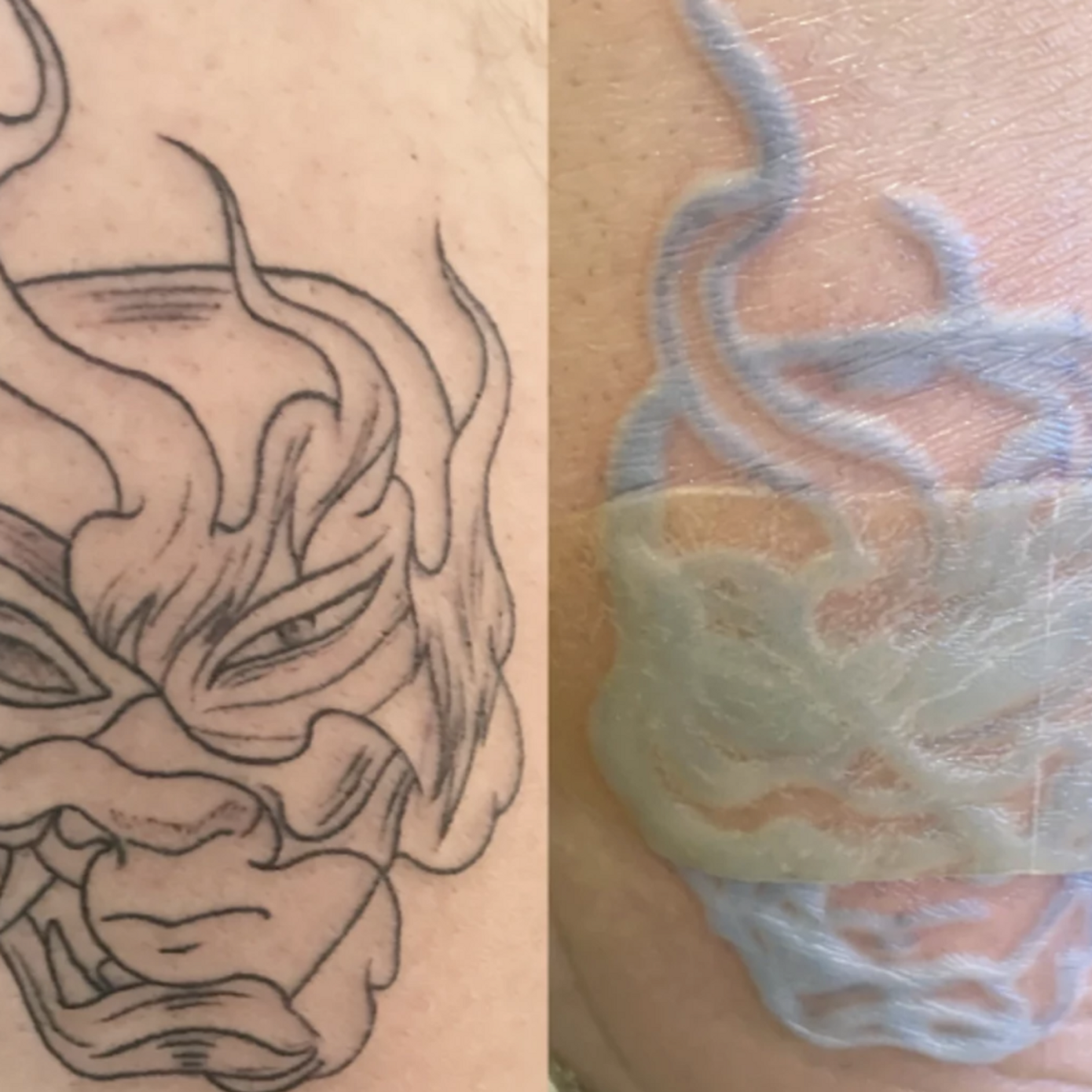

Hydrocolloid (HC) Patch
These patches help seal your tattoo from bacteria and other foreign materials but also help to speed up healing by as much as 40% compared to traditional wound coverings. We strongly recommend using HC patches for the first 3-4 days. It is not necessary to continue HC patch use after.
You should be given a patch after receiving your tattoo. You may find more on Amazon or other retailers, depending on the size you need. You can overlap them ¼” to fit larger pieces, and it should work just fine.
To remove the patch, gently lift it from the edges and take it slow. If the adhesive is tough to pull, we recommend removing the patch while gently streaming warm water to help loosen it.
If you are allergic to adhesives, we recommend using a hydrocolloid gel. Apply this gel 3-5x for five days, preferably after showering and before sleep. Ensure the area is clean using unscented soap and wash gently with water. Then, pat dry before application of the gel. At the end of the 3-5 days of gel application, clean the tattooed area with unscented soap and moisturize with Vanicream 2-3 times daily until the tattoo is fully healed.


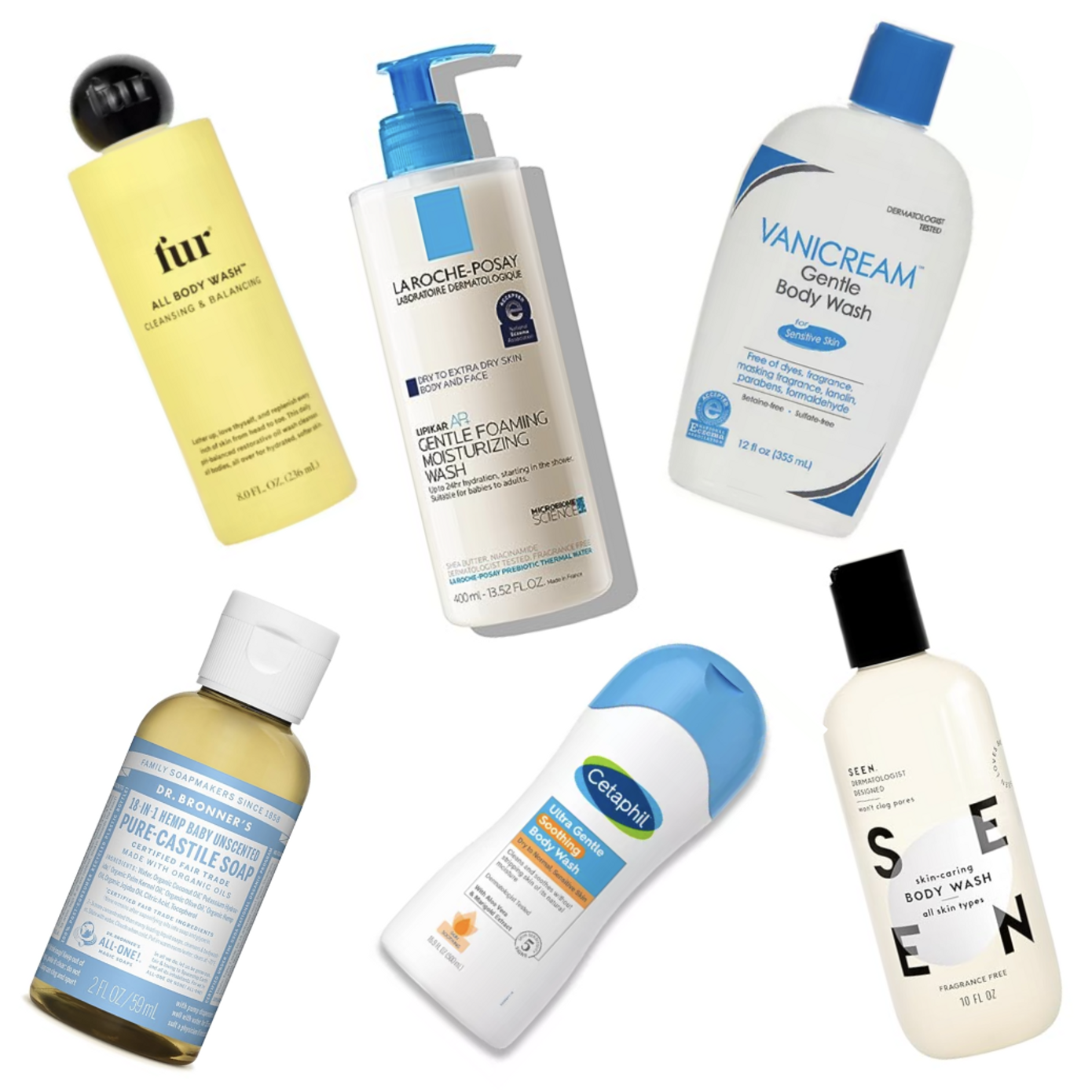
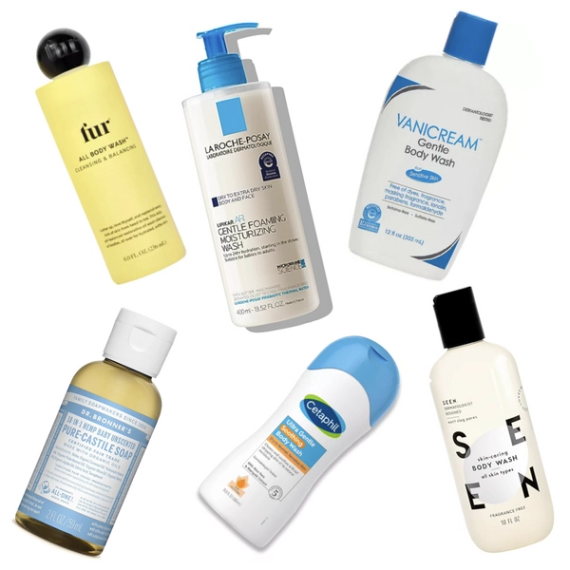
Cleansers
Use anything that is unscented and gentle.
Wash gently. No scrubbing or shaving of this area till healed or 3 to 4 weeks, whichever is longer.
This article from Byrdie, which recommends soaps suited for tattoo healing, features a dermatologist, Tiffany L. Clay, MD. “As you embark on the tattoo healing process, she recommends washing with hydrating formulas containing glycerin (which treats extreme dryness and repairs skin elasticity) and niacinamide (aka vitamin B3, which has anti-inflammatory properties, preserves hydration, strengthens the skin barrier).”
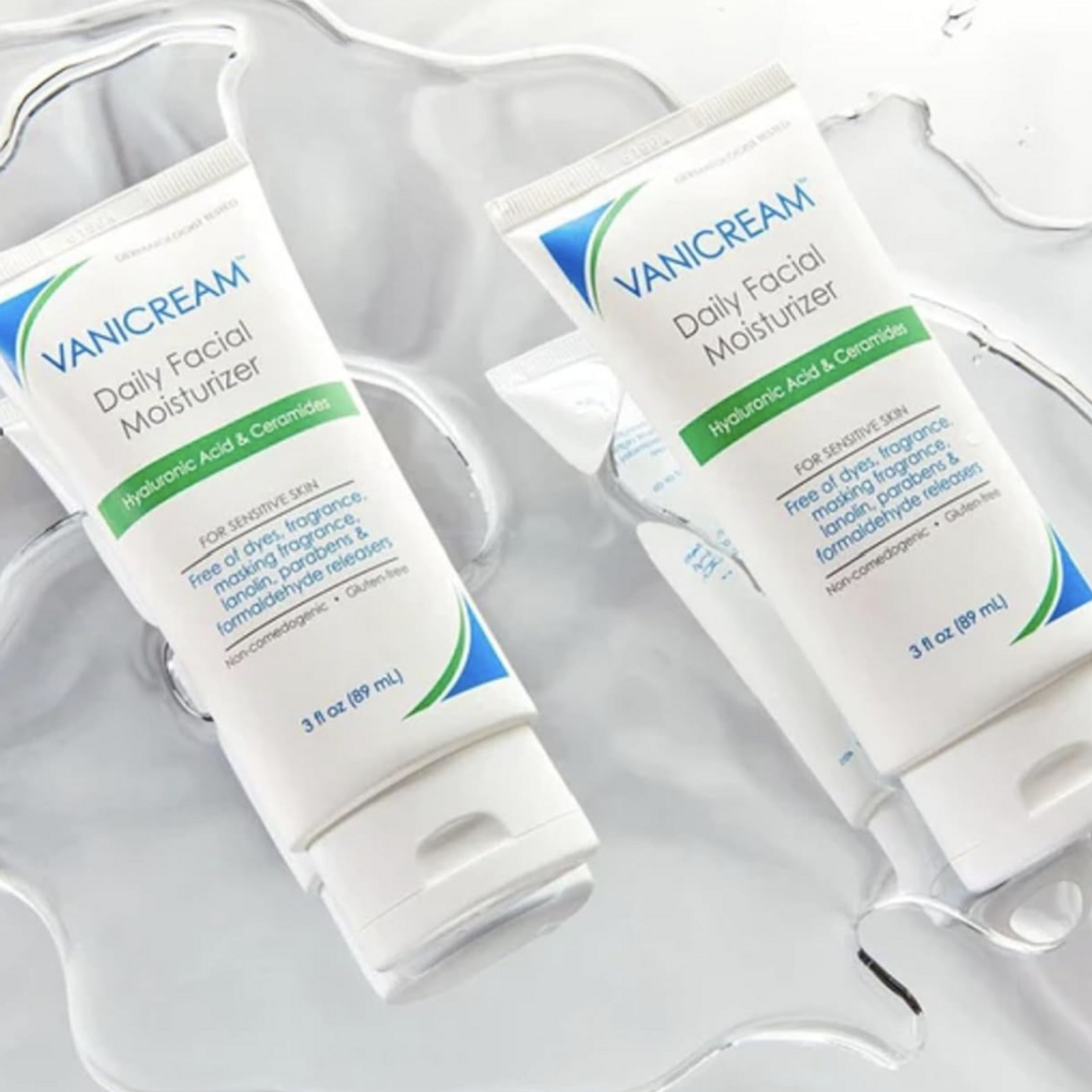
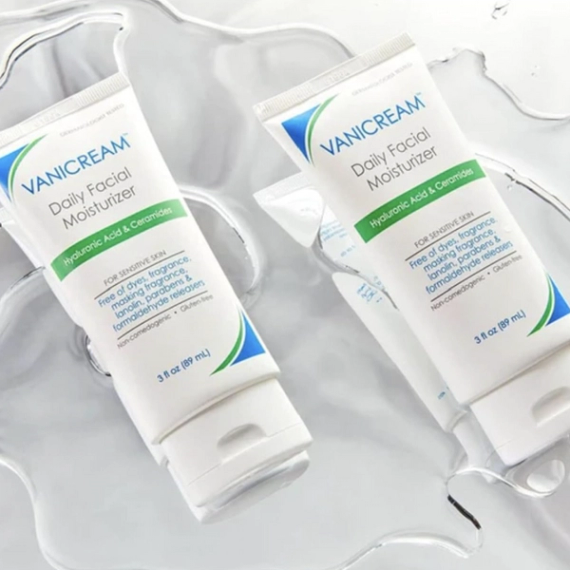
Moisturizers
We recommend moisturizing to help aid the healing process, lock in the moisture in your skin, and avoid tightness and cracking as your skin repairs. Look for a calming, hydrating lotion that works with your skin without colors, glitters, or fragrances.
You want to avoid picking or scratching if it gets itchy. Hydrocolloids provide an excellent environment for healing and reduce the chance of scab formation. This will affect the quality of your healed tattoo and reduce the appearance of a patchy tattoo or the chance of longer-term skin markings and even scarring.




1% Hydrocortisone cream
Use sparingly if you have difficulties with healing and redness. Never use in greater amounts or longer than the directions state. If the issues persist after use, please see a dermatologist.
Habits that help you heal!
Great healing starts with good habits! Start by following aftercare instructions from your artist, but we have a few that might work for you as well. Ask your artist many questions and take care of your tattoo to reduce risks. The better your tattoo heals, the better it will look as it fades.
What to do
- Gently clean your tattoo once you remove the patch and after your tattoo gets sweaty or dirty. You don’t need to clean it obsessively. Drying it out with cleansers will also harm the healing process, so keep it moisturized as much as possible.
- Cover your tattoos from direct sunlight while your tattoos are healing, and use sunscreen (SPF 50).
- Apply a thin layer of moisturizer 2-3x a day for the next month or so.
- Take it easy with the abrasives, stretching, sweating, and shaving for the next month as your tattoo heals. We give you permission to use your tattoo as a reason not to go to the gym or shave your legs 😉
- If your tattoo is itchy or red, apply a small amount of 1% Hydrocortisone cream. However, moisturizing might be a simple solution since often, itchy or uncomfortable tattoos arise from dry skin.
What to avoid
- Don’t pick, scratch, or itch your tattoo. This may increase your risk of ink falling out and scarring while your tattoo is healing.
- Avoid swimming, bathing, or generally submerging your tattoo while healing to avoid infections or exposure to harsh chemicals in the pool.
- Avoid abrasive or exfoliation while your tattoo is healing. This includes shaving, rough clothing textures, strong loofahs, and exfoliating skincare products.
- Abstain from sunbathing or tanning during your first month, and use SPF 50 if your tattoo has to be exposed to the sun.
- Reduce strenuous activity while healing. This depends on placement, but sweat, friction, and repeated skin stretch (and accidents/abrasions if you play a sport) can damage your skin’s delicate healing process.
What is the typical healing timeline?
Your aftercare journey may be slightly different, but these are just signs that your skin is going through the healing stages. Following aftercare instructions is key to a successful healing experience. As usual, if you have any concerns about your skin, please contact a dermatologist.
WEEK 1 - ReSealing
While wearing your Hydrocolloid (HC) patch, you may notice the material absorbing your body’s extra discharged liquid as it starts its first stage of healing. This is very normal in tattoo initial healing. Your body is in its inflammatory phase and working hard to heal the skin. Using the HC patch in the first 3-4 days of healing is essential to providing the best healing experience based on our studies. Following the HC patch, it is most important to keep the tattooed skin clean and moisturized. Proper treatment in the first 30 days contributes to a great Ephemeral for up to 3 years!
WEEKS 2-3 - Rebuilding & Regeneration
As your skin rebuilds, you might notice flakiness, redness, and raised lines or white dots. All of these responses from your skin are very normal. As your skin heals and flakes away on its own (resist picking at it!), you’ll have fresh new skin and a crisp tattoo. Keep following healthy tattoo healing habits, and don’t forget to keep your tattoo clean and lightly moisturized!
WEEKS 3-4 - Remodeling
Your tattoo should look crisp and vibrant, but continue caring for your skin; it is still healing. Your body is working to increase collagen in the tattooed skin, and your tissues continue to strengthen. Your skin will always be happy when you apply the moisturizer that works for you and wear sunscreen SPF 50!
.svg?w=250&auto=format)